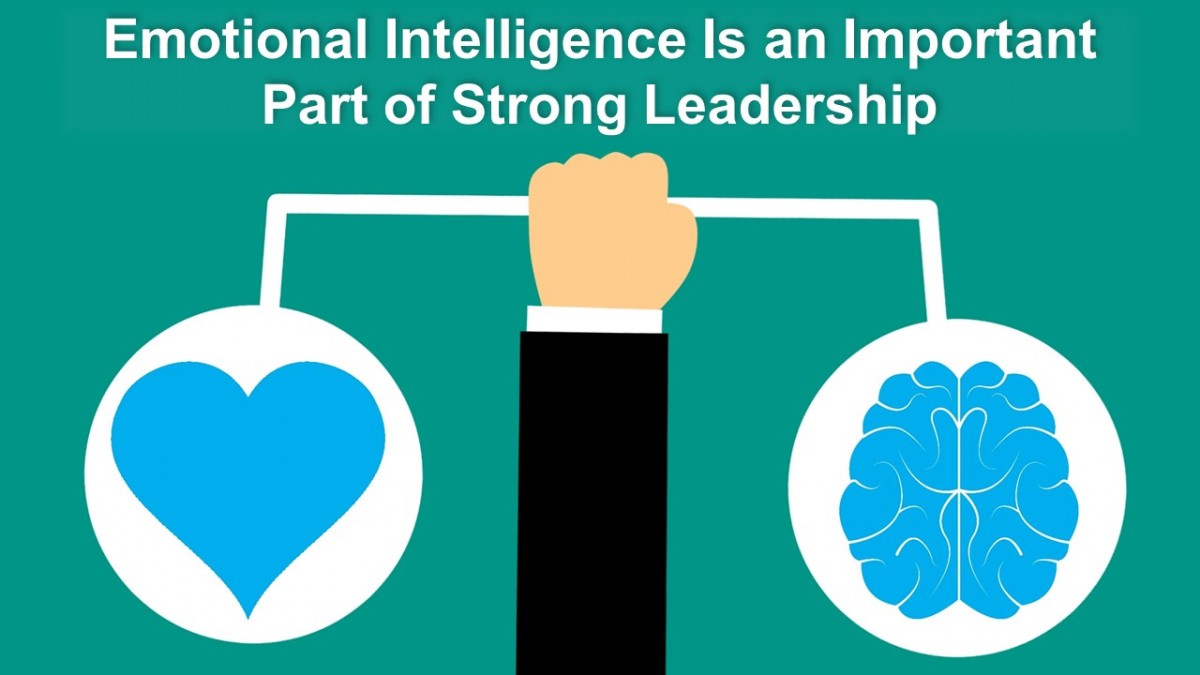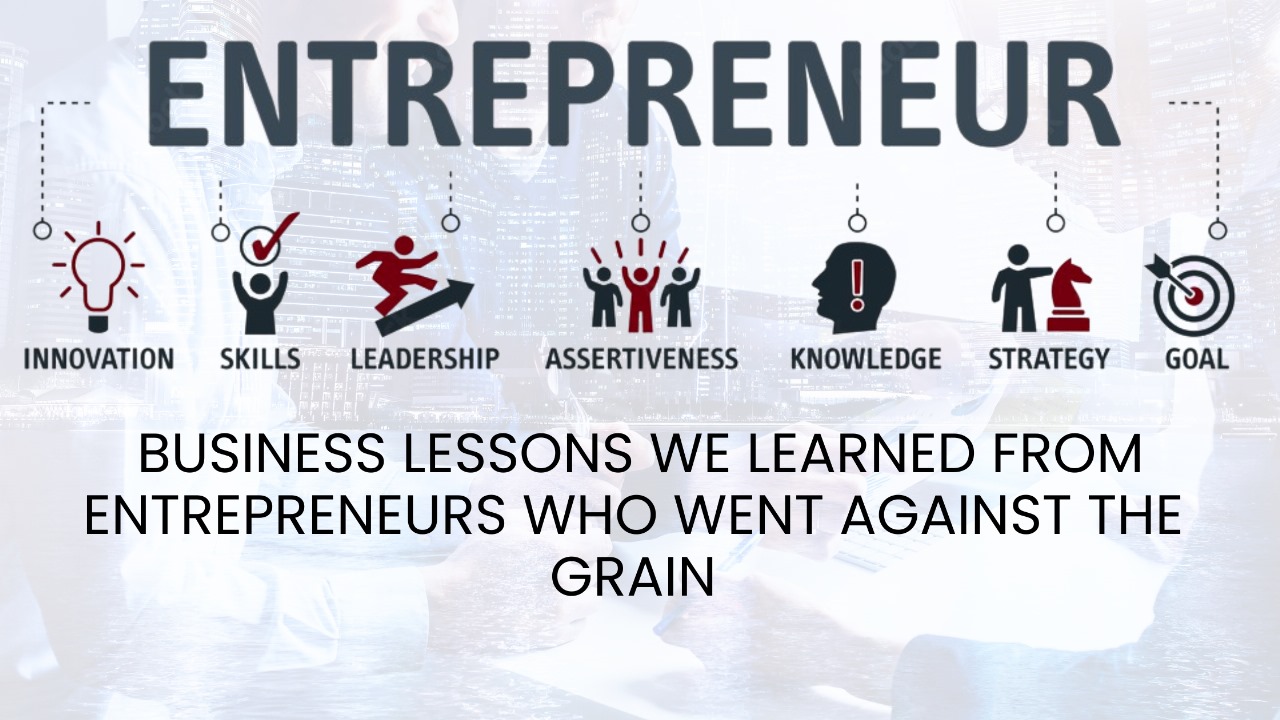
the significance of diversity and inclusion in the workplace cannot be overstated. These principles are not just theories but living values, and they are embodied by the Roongta Group. The Roongta Group practices what it preaches when it comes to diversity and inclusion.
In today's rapidly evolving business landscape, diversity and inclusion (D&I) have become more than just buzzwords. They are crucial aspects of a thriving and forward-thinking workplace.
In this blog, we'll delve into the significance of diversity and inclusion, explore the benefits they bring to organizations, and outline best practices for fostering an inclusive work environment.
Introduction
Diversity in the workplace refers to the variety of differences among employees, including but not limited to age, race, gender, ethnicity, sexual orientation, religion, and physical abilities. Inclusion, on the other hand, is the practice of ensuring that all employees feel valued, respected, and included, regardless of their differences.
The Benefits of Diversity and Inclusion in the Workplace
Enhanced Creativity and Innovation:
Diverse teams are more likely to approach problems from different angles, sparking creativity and innovation. When individuals with varied backgrounds and experiences collaborate, they bring a wider range of perspectives to the table. This diversity of thought often leads to more innovative solutions and products.
Improved Employee Engagement and Productivity:
Inclusive workplaces foster a sense of belonging among employees. When people feel that their unique backgrounds and perspectives are valued, they are more likely to be engaged, satisfied, and productive. A study by Deloitte found that inclusive companies are 1.7 times more likely to be innovative leaders in their market.
Better Decision-Making:
Diverse groups are better at making decisions. According to McKinsey, companies in the top quartile for racial and ethnic diversity are 35% more likely to have financial returns above their respective national industry medians. Inclusion enables diverse teams to work together effectively, pooling their talents and insights for more informed and thoughtful decisions.
Wider Talent Pool:
A diverse and inclusive workplace attracts a broader range of talent. When your organization prioritizes D&I, you are more likely to appeal to candidates from various backgrounds. This not only enhances the quality of your workforce but also helps you stay competitive in the talent market.
Enhanced Reputation:
Companies that actively promote diversity and inclusion tend to have a better reputation. They are viewed as socially responsible and forward-thinking, which can attract customers, partners, and prospective employees who share those values.
Best Practices for Fostering Diversity and Inclusion
Leadership Commitment:
True commitment to D&I starts at the top. Leaders should not only endorse these efforts but also actively champion them. Their behavior sets the tone for the entire organization.
Diverse Hiring Practices:
Employ inclusive recruitment strategies. This includes removing bias from job descriptions, using diverse interview panels, and implementing mentorship programs for underrepresented groups.
Inclusive Culture:
It's not enough to hire a diverse workforce; you must create an inclusive environment where everyone feels heard and valued. Encourage open communication, and provide resources and training on unconscious bias to foster understanding.
Mentorship and Sponsorship Programs:
Establish programs that pair employees with mentors and sponsors who can help them navigate their careers and advocate for their advancement. These relationships can be particularly beneficial for underrepresented employees.
Regular Training:
Consistent training on diversity and inclusion is essential to raise awareness and promote empathy. These programs should focus on cultural competence, unconscious bias, and how to create an inclusive work environment.
Employee Resource Groups (ERGs):
Support and facilitate ERGs that allow employees to connect with others who share similar backgrounds and experiences. These groups can provide a sense of community, offer career development opportunities, and help raise awareness about specific issues.
Measurement and Accountability:
Regularly assess your D&I efforts by collecting data on demographics, employee satisfaction, and advancement rates. Set specific goals and hold leaders and teams accountable for progress. This data-driven approach ensures that you can track the impact of your initiatives and make necessary adjustments.
Flexibility and Inclusivity Policies:
Implement policies that accommodate various needs, such as flexible work arrangements, parental leave, and accessibility for employees with disabilities. Inclusivity should extend to all aspects of the workplace, from physical accommodations to work-life balance.
By embracing these practices, organizations can create a culture that values and celebrates differences, making diversity and inclusion integral to their identity and success
In conclusion, the significance of diversity and inclusion in the workplace cannot be overstated. These principles are not just theories but living values, and they are embodied by the Roongta Group. The Roongta Group practices what it preaches when it comes to diversity and inclusion.
At the heart of the Roongta Group's success is a deep commitment to fostering a diverse and inclusive work environment. This commitment is not just a slogan, but a way of life within the organization. It's a testament to their belief that diversity and inclusion are not just policies but a fundamental aspect of their culture. Their commitment serves as a testament to the transformative power of diversity and inclusion in the workplace, creating a brighter future for the company and all its members.
They have incorporated diverse hiring practices, established vibrant employee resource groups, and consistently measure and enhance their D&I initiatives. These actions are not only words on paper but concrete steps that have resulted in a more innovative, engaged, and dynamic organization.
The Roongta Group is a shining example of how embracing diversity and inclusion can lead to real-world success, and their journey is a beacon for others looking to achieve the same.
https://www.linkedin.com/pulse/importance-diversity-inclusion-workplace-benefits-best-gpg8f
Explore their benefits to organizations, and outline best practices for fostering an inclusive work environment.
RECOMMENDED FOR YOU
Breaking Barriers: The Inspiring Stories of 7 Women Entrepreneurs Who Defied the Odds to Create Thriving Businesses









